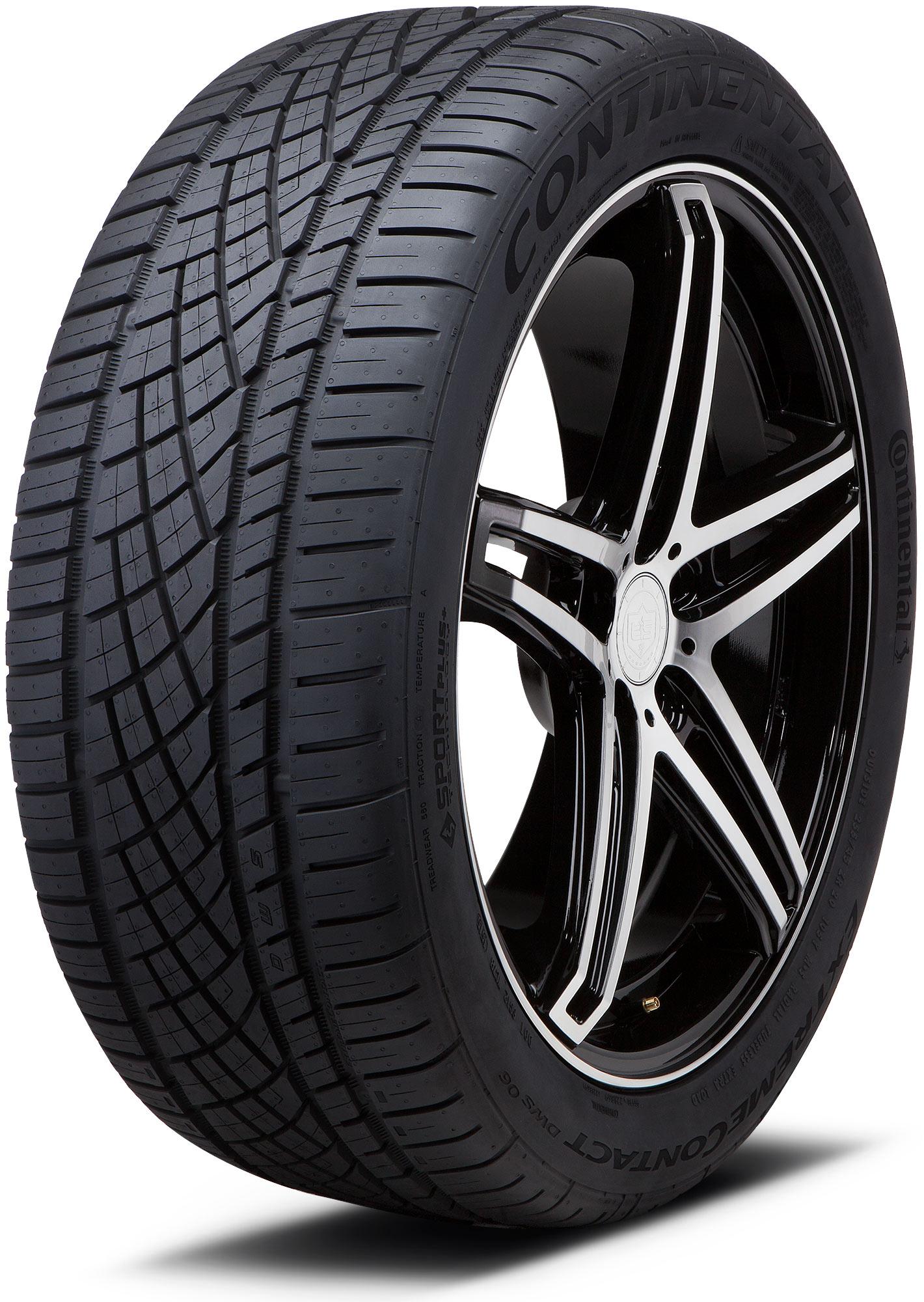When it comes to tires, understanding the intricacies behind their specifications can be a pivotal aspect of vehicle safety and performance. Among these specifications, tire load ratings play a crucial role in ensuring that each tire can adequately support the weight of the vehicle it’s meant for. One common designation you may encounter is the SL load range. In this article, we will unravel the details surrounding tire load ratings, specifically focusing on what an SL load range signifies, its implications, and the importance of adhering to these limits.
The load rating of a tire indicates the maximum weight a tire can safely carry at a specific pressure. This rating informs you about the tire’s capacity to support the load of your vehicle, including passengers and cargo. Understanding load ratings is essential for making informed decisions, particularly when it’s time to replace your tires. Misjudging your tires’ load capacity can lead to safety hazards, reduced handling performance, and even premature tire wear.
The term “SL” stands for Standard Load. Tires categorized under this designation typically provide adequate performance characteristics for standard passenger vehicles. Generally, SL tires are made to carry a typical load for vehicles such as sedans and small SUVs. The SL load range is particularly common among all-weather and all-season tires, which are often designed to withstand varied conditions without maintenance of excessive air pressure or additional reinforcement.
To decode the SL label further, we must examine the accompanying numerical load index that indicates the maximum weight the tire can support. This index is typically printed on the tire’s sidewall and is expressed in a two or three-digit number. For instance, an SL tire with a load index of 91 can carry a maximum load of approximately 1,356 pounds. This level of detail is essential for understanding the implications of load ratings on driving experience and safety.
So, why is the SL load rating important? The implications are multi-faceted. Adhering to the SL load rating is crucial not only for the tire’s longevity but also for your vehicle’s overall performance. Overloading tires can lead to heat buildup which increases the likelihood of tire blowouts. Moreover, tires that are consistently overloaded may exhibit irregular wear patterns, leading to swift deterioration and an increased risk of accidents. Therefore, adhering to the SL load rating is not just a recommendation; it’s paramount for ensuring safe driving.
It’s also worth noting that tire specifications can vary significantly depending on vehicle type. For example, a light truck or an SUV might require a load range denoted as D or E, which designates heavier-duty tires that can handle larger loads. Understanding the distinction between SL and other load ranges like Load Range C, D, or E is critical to ensuring your tires meet the expectations of your vehicle’s requirements.
While the SL designation is frequently seen in standard passenger tires, drivers should also consider the importance of matching tires with the correct load ratings to the vehicle’s use case. For individuals who frequently haul heavy loads or engage in towing, upgrading to tires with a higher load range can enhance safety and performance. On the other hand, if you’re opting for light-duty applications, an SL tire might offer the perfect blend of performance and comfort.
When shopping for tires, understanding load ratings can often feel overwhelming, especially with the array of terms and specifications thrown your way. Here are practical steps to help simplify the process:
- Consult the Owner’s Manual: The vehicle’s owner manual typically specifies the appropriate tire sizes and load limits. This should be your first reference point in understanding which tires best suit your vehicle.
- Check the Sidewall: Each tire carries vital information on its sidewall. Besides the load index, you will also find details like tire pressure recommendations and other vital specs.
- Seek Expert Advice: If you’re ever unsure, don’t hesitate to reach out to tire professionals who can provide insight based on your driving habits and vehicle specifications.
- Consider Your Driving Environment: Factors like climate, road conditions, and load requirements play a role in determining the suitability of a tire’s load rating. Adequately assessing these can guide you towards the right choice.
Moreover, advancements in tire technology continuously contribute to the evolution of load ratings. Manufacturers are constantly innovating, producing tires that offer greater durability, lower rolling resistance, and improved traction. Such advancements can enhance load capacity without compromising comfort or fuel efficiency, allowing the modern driver to benefit from cutting-edge engineering.
In conclusion, understanding the SL load range on tires is an essential element of vehicle safety and performance. By knowing your tires’ load ratings, you ensure the correct tires are fitted for the optimal performance of your vehicle. Staying within the SL load limits not only preserves the integrity of the tires but also enhances your safety, prolongs the tire’s lifespan, and delivers a smoother driving experience. Whether navigating busy city streets or embarking on long journeys, a clear grasp of your vehicle’s tire specifications is instrumental in promoting safe and effective driving.
